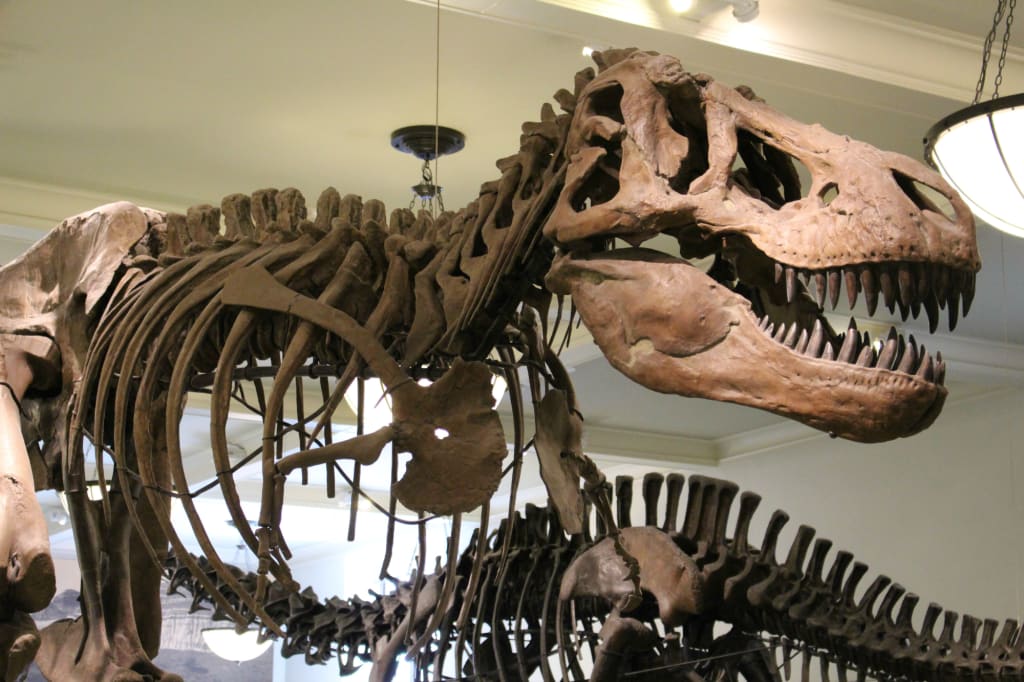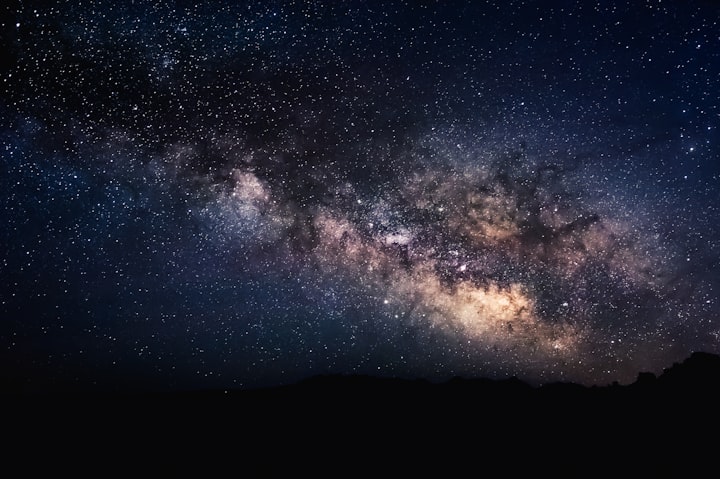The Dead Zoo: Tyrannosaurus Rex
Even though over 50 specimens of T. rex are known, this one is my favorite.

I wonder how many paleontologists AMNH 5027 has inspired. In case the museum catalog number doesn't ring a bell, that’s the formal name for the second Tyrannosaurus rex skeleton recognized by science, dug out of the Montana badlands in 1908 and on display on the fourth floor of New York’s American Museum of Natural History for over a century now.
The Brontosaurus in the museum’s Jurassic hall became my personal favorite during my first visit to the fossil halls in the late 1980s, but I can’t deny that the rearing T. rex was a truly awesome sight. The dinosaur may as well have been Godzilla. Back then, before the renovation that brought the the museum's fossils up-to-code with the hot-blooded Dinosaur Renaissance, AMNH 5027 reared back to drag its tail along the ground and flail its tiny, two-fingered arms in the air. And then there were the jaws. In those days AMNH 5027 was the embodiment of Cretaceous fury, maw slung open to offer an excellent look at all those gleaming, serrated teeth. The pose could be construed as a roar or a snarl, but, standing below the immense skeleton, I couldn’t help but feel that the dinosaur was poised to reach down and snap me up. I wondered if security guards harbored the same fear when left alone with the tyrannosaur at night.
Dozens of additional tyrannosaurs have been discovered since AMNH 5027 was pulled from its grave, and another partial skeleton found in 1902 is the holotype that is the very definition of Tyrannosaurus rex, but the skeleton that still stands poised at the AMNH will always be the tyrant that stalks through my mind. That's because decades before the likes of “Sue” and “Stan” were propped up to take up the mantle of the tyrannosaur family name, AMNH 5027 was the epitome of Cretaceous carnivory – the single greatest predator that ever stalked the Earth. Other fossil fanatics came away with a similar impression. Paleontologist and essayist Stephen Jay Gould was impressed by the same skeleton decades before I would see it, and I’ve heard similar stories from other experts about childhood audiences with the king. Say what you like about the overexposure of T. rex compared to its hundreds of equally-odd relatives. There’s something special about that skeleton. Something that sinks its teeth into our imagination and will not let go.
For more on our favorite dinosaurs and how much they've changed over the years, check out My Beloved Brontosaurus.About the Creator
Brian Switek
Brian is the author of My Beloved Brontosaurus, Written in Stone, and other books. He also writes the Laelaps blog for Scientific American and publishes on fossil discoveries in outlets from Smithsonian to the Wall Street Journal.






Comments
There are no comments for this story
Be the first to respond and start the conversation.